From Cal Poly News
March 2021
SAN LUIS OBISPO — A new study from Cal Poly and the University of South Florida (USF) is the first to provide direct evidence that light pollution is driving infectious disease patterns in nature.
The research team previously determined mosquitoes and birds are attracted to artificial light at night, greatly enhancing the likelihood that the insects will spread West Nile virus to animals and humans.
Their new findings published this week in the “Proceedings of the Royal Society B” are in contrast to previous studies that have blamed urbanization due to its human population density and breeding hotspots, such as drainage systems.
“Research from our team members at USF had shown in lab-based studies that light pollution could potentially influence West Nile virus risk,” said Clinton Francis, a Cal Poly biology professor and corresponding study author, “but our study is the first to show how light pollution can affect risk of West Nile virus in the real world, and better explains patterns of risk than environmental variables previously thought important.”
